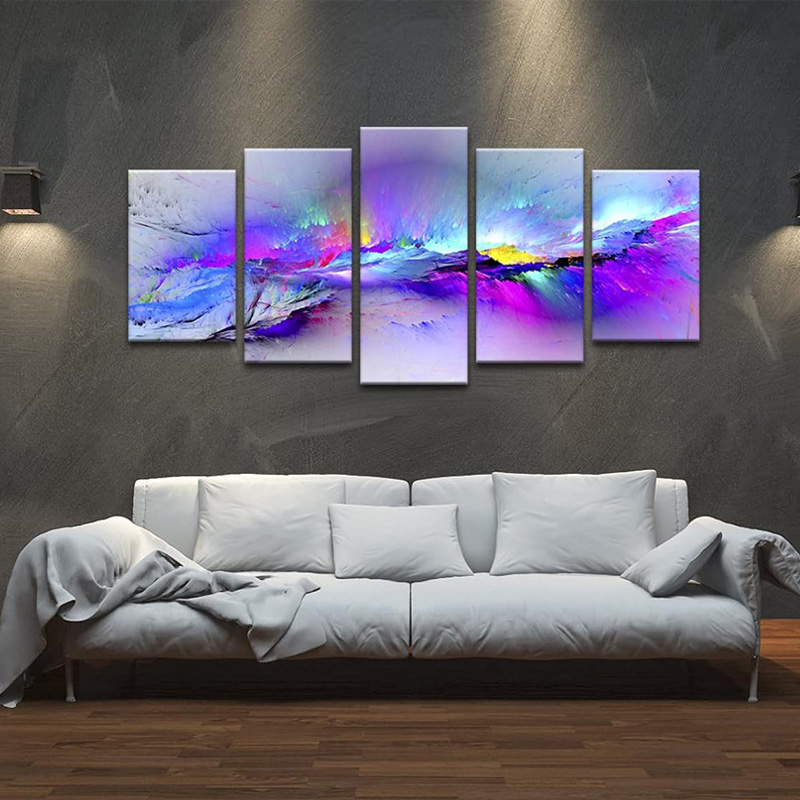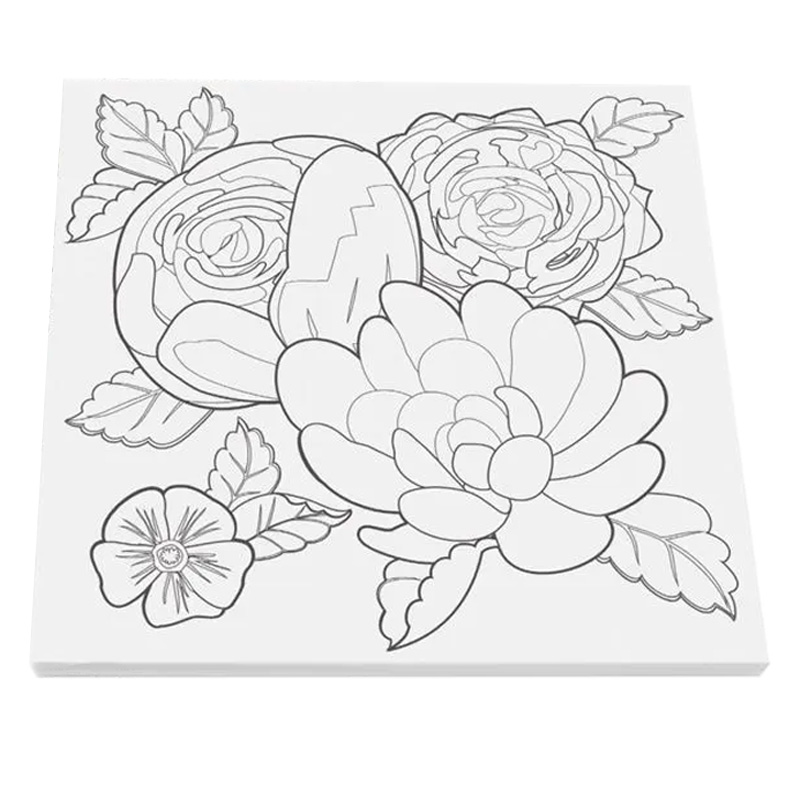Introduction
In the world of art, the canvas serves as the foundation for creative expression, providing artists with a blank slate upon which to weave their visions into reality. Among the diverse array of canvas options available, China stretched black canvas stands out as a distinctive choice, offering a rich, dark background that adds depth and drama to artworks. However, painting on black canvas presents unique challenges and considerations that artists must navigate to achieve desired results. In this comprehensive guide, we explore the techniques, considerations, and creative possibilities of painting on China stretched black canvas, empowering artists to unlock the full potential of this captivating medium.

Surface Preparation: Setting the Stage for Success
Before diving into the creative process, it’s essential to prepare the canvas surface properly to ensure optimal paint adhesion and longevity. Surface preparation begins with cleaning the canvas to remove any dust, debris, or oils that may interfere with paint application. Gentle cleaning techniques, such as using a soft brush or lint-free cloth, can effectively remove surface contaminants without damaging the canvas.
Once the canvas is clean and dry, the next step is priming and sealing. Priming black canvas serves multiple purposes, including enhancing paint adhesion, preventing discoloration or uneven absorption, and providing a smooth, uniform surface for painting. Artists have the option to choose from a variety of primer types, including acrylic gesso, which offers excellent adhesion and flexibility.
Additionally, sealing the canvas surface after priming is essential for protecting the artwork from moisture and environmental factors. Sealing not only enhances paint adhesion but also ensures the longevity of the artwork by providing a barrier against dust, dirt, and other contaminants. A clear acrylic sealer is an ideal choice for sealing black canvas, as it dries quickly and provides a durable, matte finish that won’t alter the appearance of the dark background.
Paint Compatibility: Navigating the Color Spectrum
Selecting the right paint for black canvas is crucial for achieving vibrant colors and long-lasting results. Artists have a wide range of paint options to choose from, including acrylics, oils, watercolors, and mixed media. Each paint type offers unique characteristics in terms of opacity, drying time, and compatibility with black canvas.
When testing paint compatibility on black canvas, artists should consider factors such as adhesion, color vibrancy, and texture. Conducting small-scale experiments allows artists to assess how different paint formulations interact with the canvas surface and make adjustments accordingly. For example, acrylic paints are known for their excellent adhesion and versatility on black canvas, while oils offer rich, saturated colors and blendability.
Experimenting with layering and building texture is another essential aspect of painting on black canvas. Layering opaque colors allows artists to create depth and dimensionality, while building texture with impasto techniques adds tactile interest to the artwork. Mixing media such as collage, pastels, or metallic accents can further enhance the visual impact of the painting and provide creative opportunities for exploration.
Light and Color Considerations: Harnessing Contrast and Drama
Understanding how light interacts with black canvas is key to harnessing its dramatic potential and creating captivating artworks. Black canvas offers a unique opportunity to play with light and shadow, accentuating highlights and shadows to create dynamic contrast and visual interest. By strategically positioning light sources and manipulating shadows, artists can enhance the three-dimensionality of their paintings and evoke mood and atmosphere.
Selecting colors that pop against the dark background is essential for creating striking visual effects on black canvas. Vibrant hues such as reds, yellows, and oranges stand out boldly against the black background, while cool tones such as blues and greens provide contrast and balance. Experimenting with complementary and contrasting color schemes allows artists to create dynamic compositions that capture the viewer’s attention and evoke emotional responses.
Drying and Varnishing: Preserving the Beauty of Black Canvas Artworks
Proper drying and varnishing are essential steps in the painting process to ensure the longevity and durability of artworks on black canvas. Allowing sufficient drying time between layers prevents smudging or blending of colors and ensures the stability of paint layers over time. Artists should follow manufacturer recommendations for drying times and avoid rushing the process to prevent damage to the artwork.
Applying varnish is the final step in the painting process and serves to protect the artwork from dust, dirt, and other contaminants while enhancing color vibrancy and depth. Choosing the right varnish type, such as matte, satin, or gloss, depends on personal preference and desired finish. Applying varnish evenly with a soft brush or spray ensures a uniform coating that preserves the beauty of the artwork for years to come.
Troubleshooting and Tips: Overcoming Challenges and Maximizing Success
Despite careful preparation and planning, artists may encounter challenges when painting on black canvas. Common issues such as fading or dulling of colors, uneven application or texture, and difficulty achieving desired effects can be frustrating but are often easily overcome with patience and experimentation. Artists should embrace the creative process as an opportunity for growth and learning, seeking guidance from experienced artists, online resources, and community forums for support and inspiration.
Tips for overcoming challenges and maximizing success when painting on black canvas include
Experimenting with different techniques and materials to find what works best for you.
Taking breaks and stepping back from your work to gain perspective and evaluate progress.
Embracing mistakes as opportunities for creative exploration and innovation.
Seeking feedback from peers and mentors to gain new insights and perspectives.
Celebrating successes and milestones along the way to stay motivated and inspired.
Conclusion: Embracing the Creative Possibilities of Black Canvas
Painting on China stretched black canvas offers artists a unique opportunity to explore the interplay of light, color, and texture in their artworks. By mastering specific techniques and considerations for painting on black canvas, artists can unlock the full potential of this captivating medium and create artworks that captivate and inspire viewers. From surface preparation and paint compatibility to light and color considerations and varnishing, every step of the painting process contributes to the final result, making each artwork a testament to the artist’s vision and creativity. With dedication, experimentation, and a willingness to embrace challenges, artists can push the boundaries of their artistic practice and create masterpieces that resonate with audiences for generations to come.





